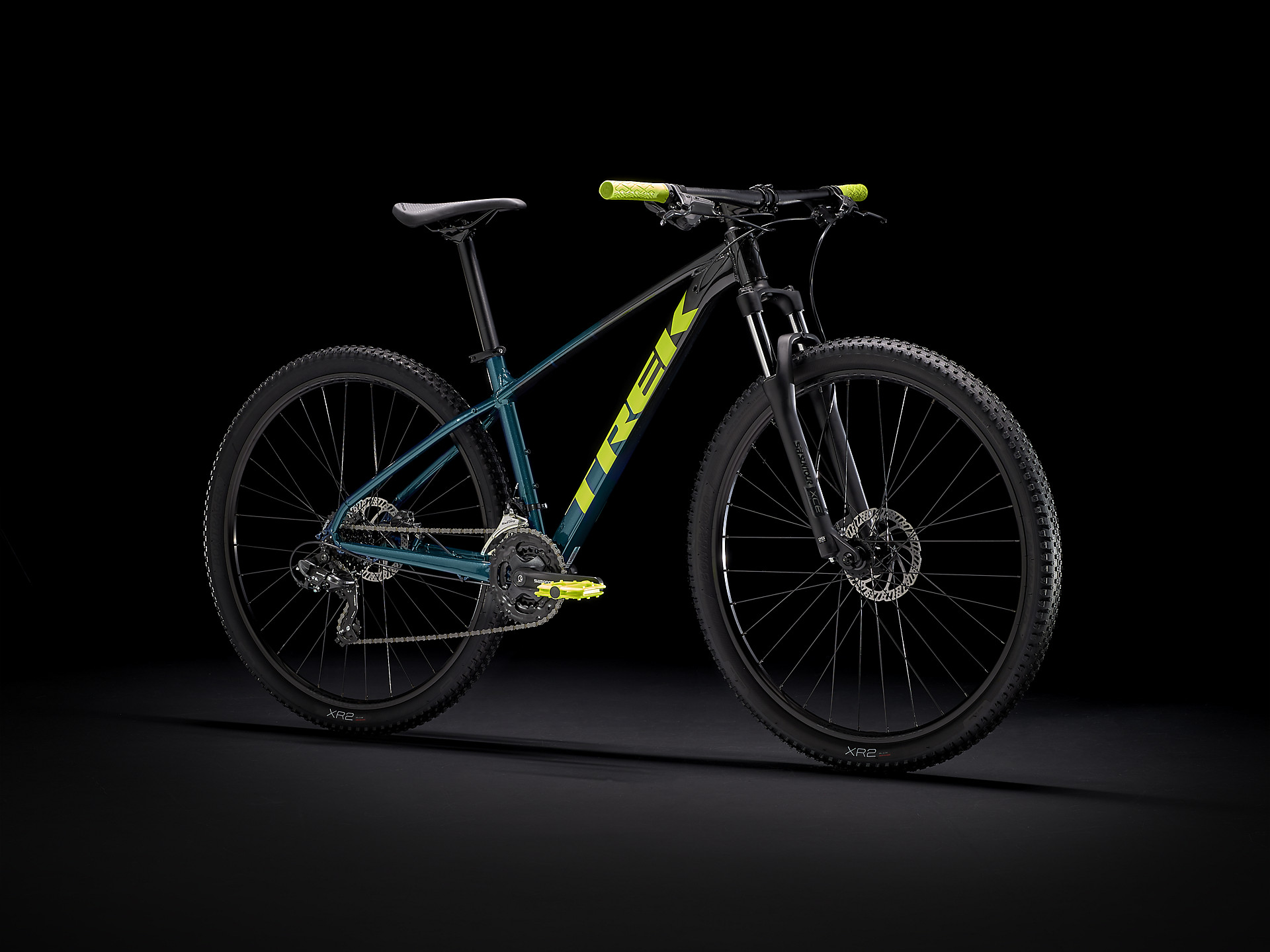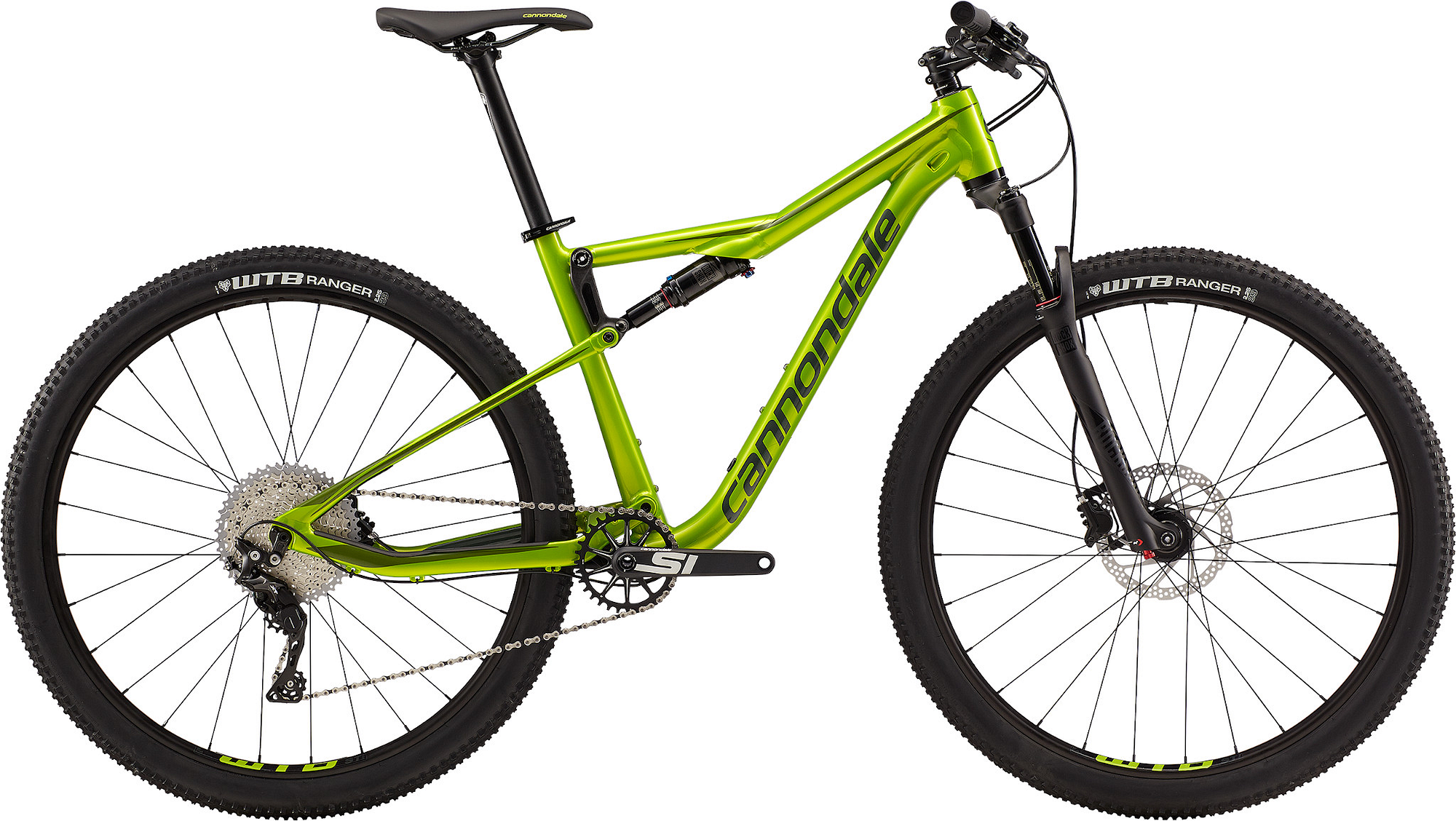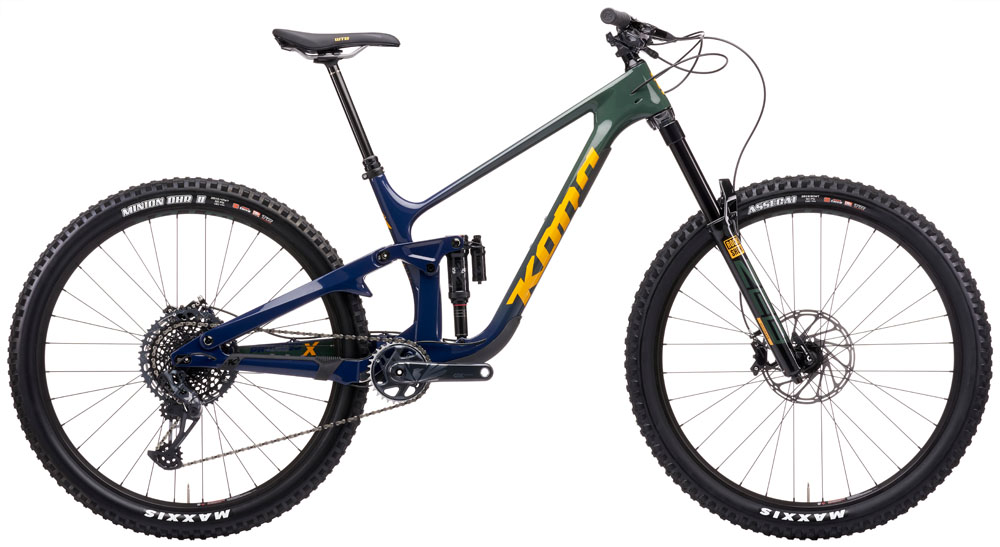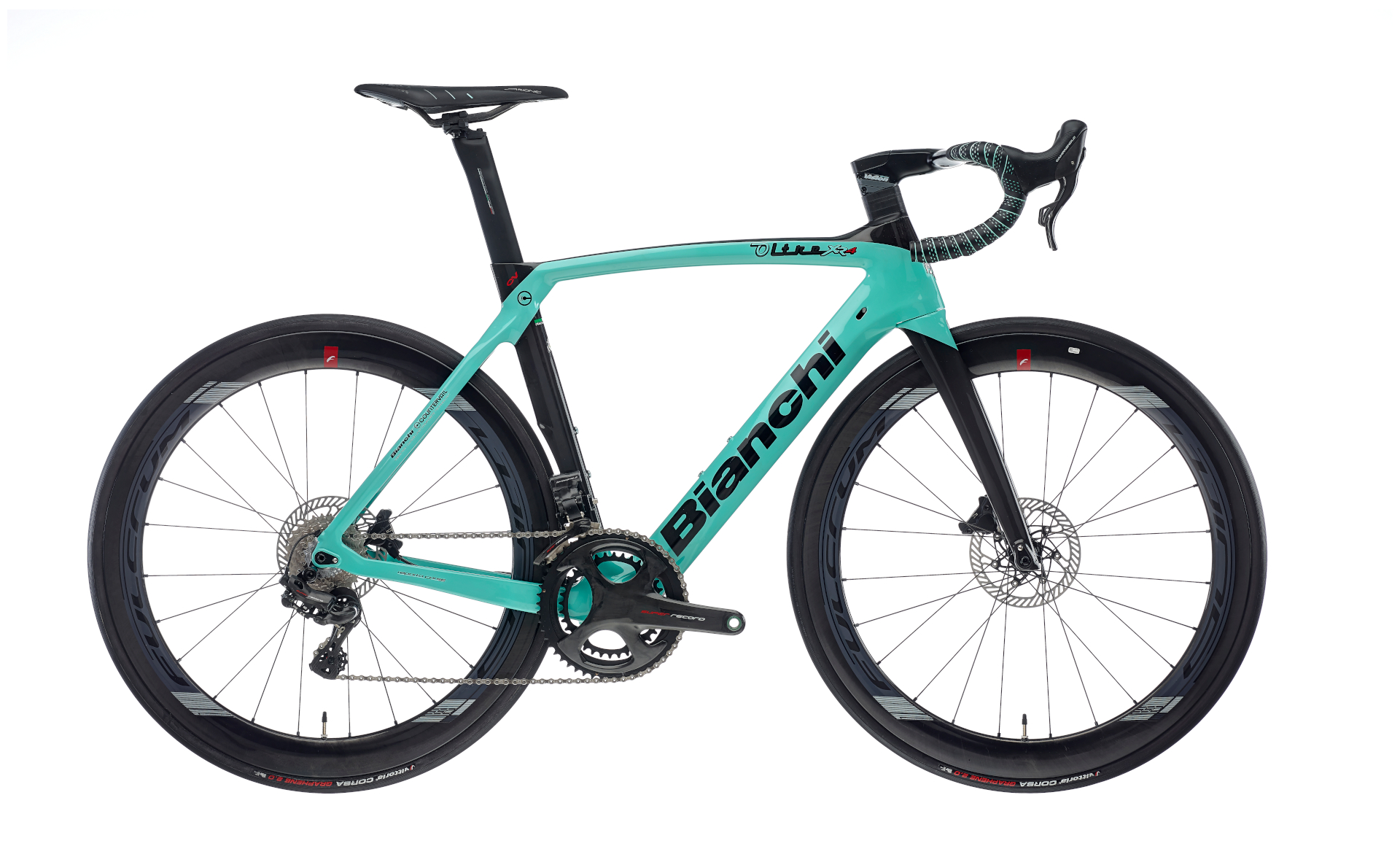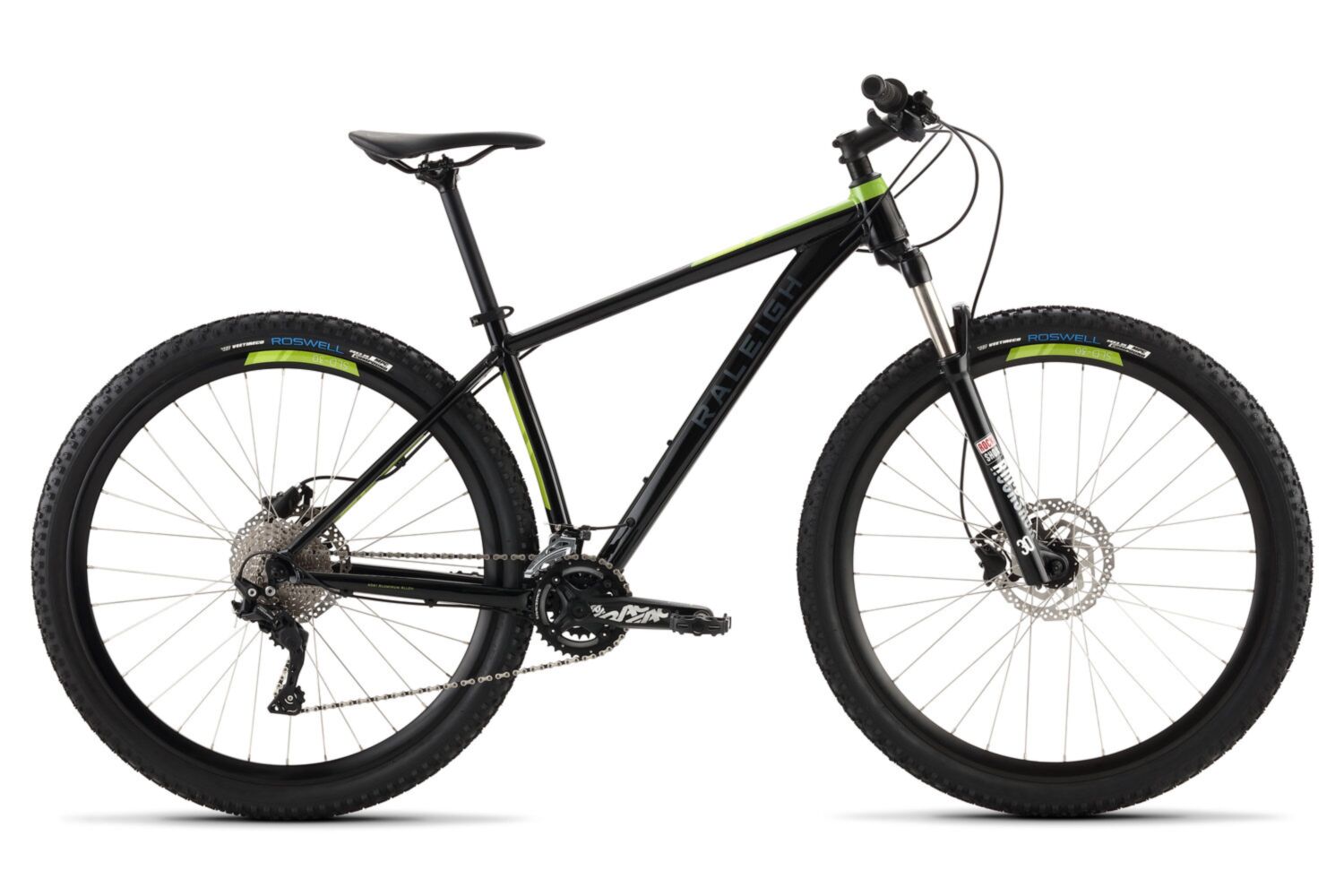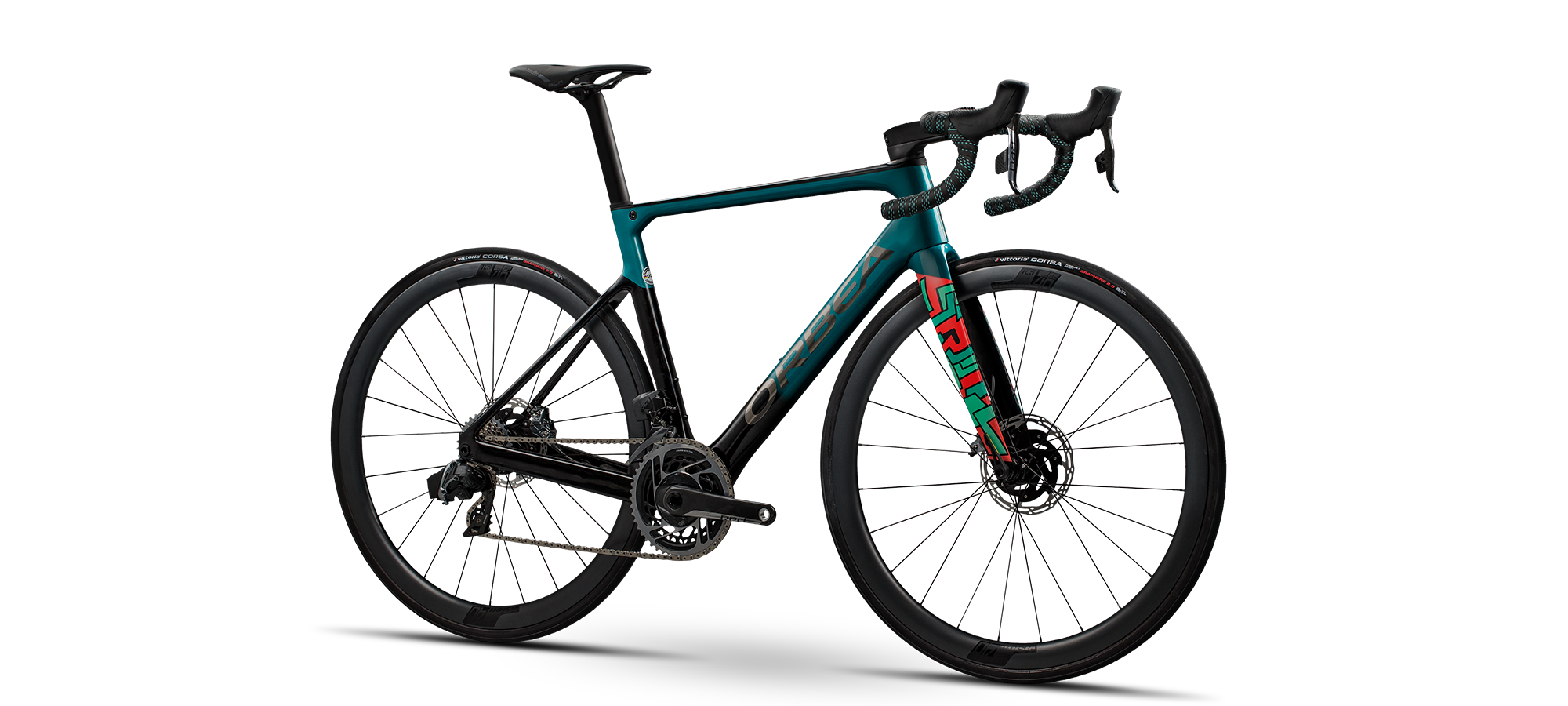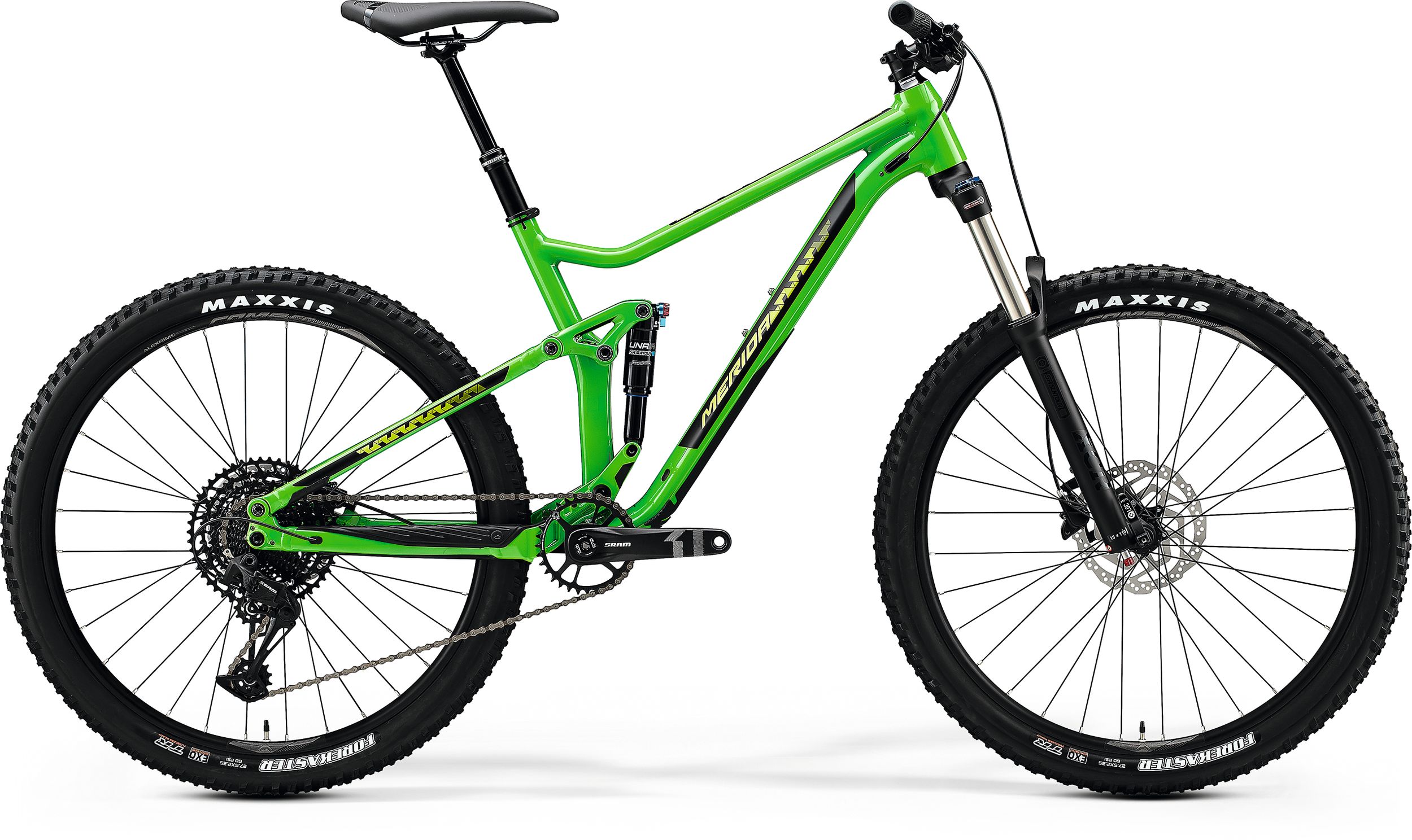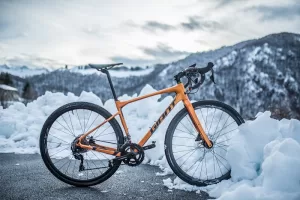Top Bicycle Brands in the World – 2020
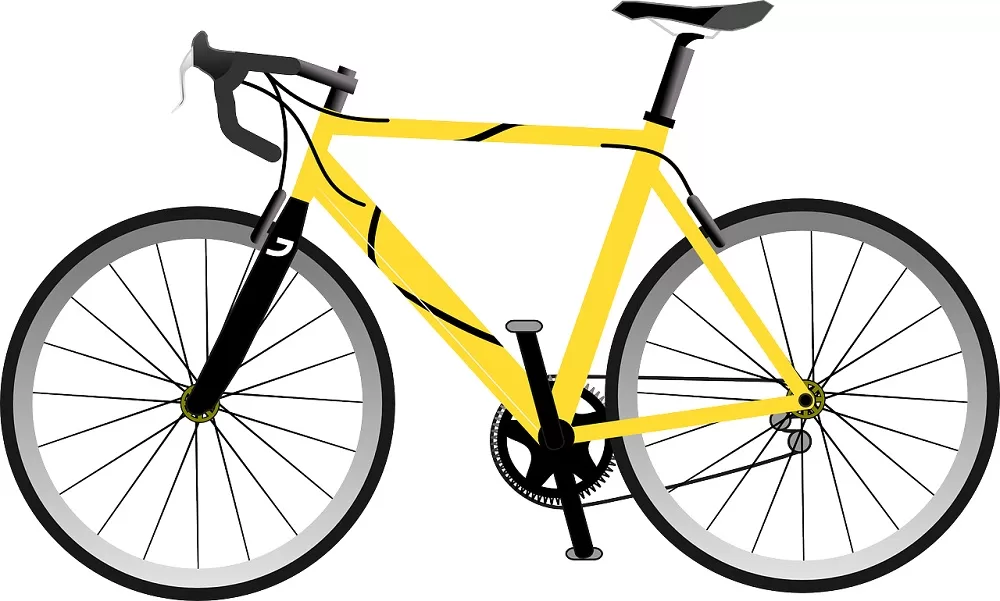
When you buy a bike, you want to make sure you’re buying quality, something that last for years to come and that will help you get around with comfort and speed. The top cycle brands often have deep ties to the cycling community, with many of them being started by former racing greats.
A Brief History of Bikes and Bicycling
When was the first bike built and who built it?
That information is pretty much lost to the sands of time. As the Smithsonian Institute notes, it is pretty much impossible to say who invented the bike.
What is clear is that people were using two-wheeled vehicles by the beginning of the 19th century. Infant, some people date the invention of the bike all the way back to the 1400s. According to the International Bicycle Fund, a sketch for a bike, credited to none other than Leonardo Da Vinci, dates to the 1490s.
Interestingly enough, we might have the eruption of a volcano to credit with the actual built of one of the first bike-like vehicles. In the early 1800s, a Baron Von Drais, also known as Karl or Charles, designed a vehicle with a steerable front wheel. Draws also included a padded seat in his design and an armrest that allowed him to balance the vehicle and steer.
Draws apparently created the vehicle, later called a velocipede by the French, in response to the horses and widespread starvation that occurred as a result of the eruption of Tambora, a volcano in Indonesia which had one of its most powerful eruptions in 1815.
Although the velocipede quickly became popular, it was missing one that’s a key feature on today’s bikes. It has no pedals. Instead, people pushed the bike forward using their feet, similar to the way the cartoon family, the Flintstones drove their prehistoric car.
It wasn’t until 1863 that urban bikes got pedals. Even then, the pedals weren’t quite like the ones people are familiar with today. They were attached to the front wheel of the vehicle.
In the US in the late 1800s, designers set out to create a safer bike. One model that was somewhat popular at the time also very dangerous. High wheel cycles, sometimes called Ordinaries, were tricky to ride and had a high risk for accidents. It wasn’t uncommon for people to tumble head first over the front of their “Ordinaries.” If you were injured in a bike accident, reach out to the Kaplan Lawyers.
The safety bike looked like the bicycles of today. Its wheels were the same size; it had gears and a chain driver. Although the safety bike did initially have hard rubber tires, those were soon swapped out with airfield or pneumatic tires.
As bikes started to take off and became accessible means of transportation for men and women, bike-centric companies began to pop up. Some of those brands, such as Bianchi, remain among the top cycling brands today. Others, such as Schwann, have evolved considerably over the past century and are no longer the leading companies they once were.
What Makes a Good Bike Brand?
It can be challenging to put a finger on what makes a cycling brand a good brand. Ins one cases, it does come down to a personal preference and opinion. One cyclist might have had a bad experience on a Trek bike or might have found a Bianchi bike uncomfortable and might swear that brand off for life, despite the excellent reputation either company has.
Usually, a good cycling brand offers a range of different bike styles as well as a range of price points. Although it might have some models that only cost a few hundred dollars and that use entry-level components, those bikes still provide a decent ride. A top quality brand’s higher end models are going to be precisely that – the best bike you can get for the money.
Often, a great bike brand has some deep connection to cycling or the cycling community. For example, some favorite labels were created by former professional cyclists, who have a decent idea of what makes for a quality bike.
How We Choose the Top Brands
When picking out the top bike brands, we looked at a variety of factors. One was how many models a brand produced and whether it had a bike to suit a variety of cycling styles or needs. For example, we tried to stick with brands that produce both road and mountain bikes, since a company that is super specialized is going to appeal to fewer people.
We also looked at the price points of the bikes offered by the brands and the components used. Brands that only produce low end, low-quality bikes were out. We all didn’t want to solely focus on brands that produce the caviar of bicycles, although we know those companies appeal to some riders.
TOP 10 BIKE BRANDS
1. Trek Bicycle Corporation
Trek got its start in Waterloo, Wisconsin in 1976. According to CNBC, it is the largest bike brand based in the US. Although most of it production has moved overseas, the company still produces some bikes in the US. As of 2014, it was making about 25,000 bicycles domestically each year, which amounted to about half of all bikes produced in the US.
Trek produces a wide range of bike styles, at a full range price points. It makes bikes for men, women and children, as well as biking gear and apparel. Along with traditional foot powered bikes, Trek makes several electric mountain bikes. Bike prices range from a few hundred dollars to a few thousand.
Although Trek might be the most recognizable name the company produces, it has a full line up of brands in its stable. Those other brands include DreamBikes, Bontrager and Electra. Until 2008, the company also produced LeMond cycles, aline of bikes initially developed by Greg LeMond, a US cyclist who won the Tour de France.
2. Connondale
Cannondale is another top bike brand that dates back to the 1970s. While two buddies founded Trek over a glass of beer, Cannonade was birthed over a pickle factory in Connecticut. At first, the company didn’t make bikes but instead produced a bike trailer, accessories and apparel.
In 1983, the brand created its first bike, a touring model. It followed up with a racing bike the next year. In 1997, Cannonade made waves at the Tour de France by having members of the Saeco cycling team (who rode the brand’s bike) ride on aluminum frames. According to company legend, the leader of the Saeco team declared Cannondale bikes to be the best.
Today, the brand produces a range of bikes, including mountain bikes, road bikes and edibikes. It also has models for children, women and tandem bikes. Generally speaking, Cannondale bikes are at the higher end of the pricing spectrum. Most of its models are more than $1,000 and even its kid’s bikes are a few hundred dollars each.
3. Kona Bikes
Kona Bikes is a relative newcomer. The brand was started in 1988 by Dan Gerhard and Jacob Heilbron. The pair continues to own the brand today and it remains to be based out of the Pacific Northwest.
Kona’s claim to fame is being the first company to produce a straight leg mountain bike production fork. The brand worked with Brodie (aka Bruce Spicer) to develop the bike style. Currently, Kona has 10 versions of the fork, made for mountain bikes and asphalt bikes of various sizes.
Although originally Kona focused on mountain bikes, today it produces a full range of styles including road bikes and cyclocross bikes. It introduced its first carbon frames cycles in 2011 with a cyclocross racer and a Kula Watt 26″ hardtail.
4. Colnago
Colnago is a bike company based in Italy. The bran dates back to 1952 when Ernesto Colnago founded it in Cambiago. Ernesto Colnago was initially expected to take over his family’s farming business but pursued a career in cycling from a young age. At 13, he was the apprentice at a bike company and eventually opened his shop.
The Telegraph has called Colnago the Ferrari of cycling brands, describing it as a bike maker for cycling connoisseurs. The description is apt as many of Colnago’s higher end models are entirely handmade in Italy and feature top quality components.
Colnago is not a budget conscious brand by any means. Its most affordable models cost more than $1000 and its top-of-the-line racing bikes go for more than $5000 or $6000.
5. Bianchi
Another Italian bike brand, Bianchi has the distinct honor of being the oldest continually operated cycling company in the world. It dates back to 1885 when 21 year old Eldoardo Bianchi took it upon himself to add a chain to the famous “ordinary” bicycles and to reduce the size of the front wheel.
You could say his idea was a success. Over the years, Bianchi was credited with several other developments in this design and function of the bicycle. For example, he created the first ever front brake in 1913.
Throughout the 20th century, Bianchi cycles were ridden in several major bicycling tournaments and often won those tournaments. Riding a Bianchi, cyclist Faust Coppi won his first Tour de France in 1949. Felice Gimondi also won the race on a Bianchi in the early 1970s.
Today, Bianchi produces city, mountain and racing bikes at a variety of price points, starting at a few hundred dollars. It also makes electric bikes and models for children.
6. Raleigh
Raleigh Bikes is a British cycling brand that got started in 1887 making it one of the oldest bike brands out there. At the time, the brand produced around three bikes per week. As early as 1896, production had increased to 30,000 cycles per year.
Throughout the 20th century, demands for the bikes increased and the brands continued to grow producing more and more cycles each year and expanding the size of its factories and plants. It even dabbled in motorcycles for a while. In the US in particular, demand was high for the brand’s 10-speed cycles.
Like a few other top brands, Rayleigh is no stranger to the Tour de France. Cyclist JoopZoetemelk of Holland won the race on a Rayleigh bike in 1980. In 1989, the French team System’s U was riding Raleigh bikes when it lost the Tour by just 8 seconds to Greg LeMond.
Today, the brand produces a mix of city/commuter bikes, mountain bikes and road bikes. its prices are relatively moderate with some of its bikes costing in the $300 to $400 range and its higher-end bikes topping out at under $3000.
7. Cervelo
Cervelo is another relatively young bike brand. It got started in 1995 in Canada. The goal of the company is simple: It aims to design the world’s fastest bike. To that end, its probably not a brand that you’re going to check out if you’re new to cycling or if you’re looking for a bike for commuting or occasional use.
But if you regularly feel the need for speed on your bike, whether you’re training for an Ironman or the Tour de France or just enjoy a weekend ride, this might be the brand for you. Cervelo has 5 series of road bike – the C series, Series, Series, S series and T series.
None of its bikes are cheap. The lowest end models, the S series start around $5000 while the P series easily cost more than $10,000.
8. Orbea
Orbea is a Spanish bike company that began life in 1840 as a rifle company. It didn’t start to make cycles until the 1930s. It employed thousands of Spanish citizens during the era of Civil War and was eventually bought by its employees and turned into a cooperative in the early 1960s.
Then it built a larger factory and began producing recreational bikes as well as road and racing bikes. Today, the company produces a range of recreational bikes, road bikes and electric bikes.
9. BMC Switzerland
As you might guess from the name, BMC Switzerland has its headquarters in Switzerland. The company began in 1994 and currently has around 120 employees around the world. BMC supplied bikes to the Phonak Cycling Team, a Swiss team that was overseen by Andy Rihs. Rihs eventually took over the entire company in 2000.
Since then, BMC Bikes have won several bike tournaments and races including the Tour de France in 2011. The brand currently makes full range of bikes including road, mountain and recreational cycles.
10. Merida
The founder of Merida Bikes, Ike Tseng, got the idea for the company on a visit to the US in the early 1970s. Tsung went to bike shop and found a note there stating that the repair shop wouldn’t work on any bikes produced in Taiwan, due to the low quality of those cycles.
Tseng set about to create a bike brand and high-quality bikes that were made in Taiwan. Merida, which was officially found in 1988, does just that. The company combines Taiwanese manufacturing with an R&D arm based in Germany. Today, it produces a range of bikes including city/commuter bikes, mountain bikes and road bikes.

